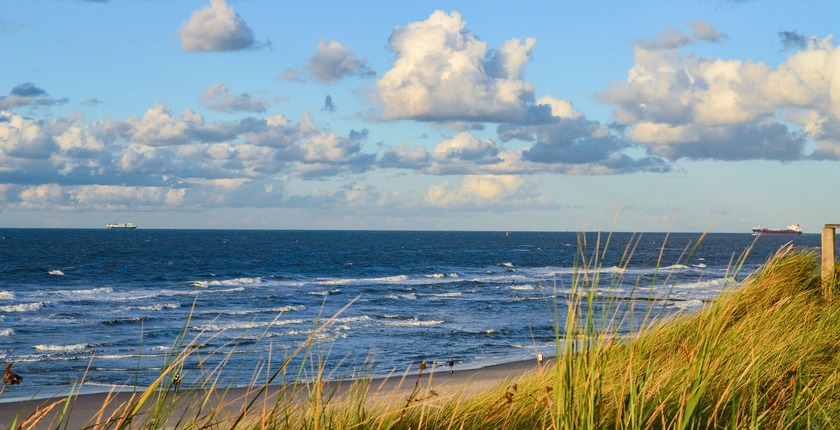
Photo: Henning_W from Pixabay
The Government of Sweden has rejected a proposal to build a 700 MW subsea interconnector between Sweden and Germany, citing the inefficiency of the German electricity market and fears that the move would push power prices up. Hansa PowerBridge, a joint project between grid operators Svenska Kraftnät and 50Hertz, was aimed at facilitating the transmission of renewable electricity from Scandinavia to Germany.
Southern Sweden already has an electricity production deficit, and connecting it with Germany via the proposed subsea interconnector would further destabilize the market and lead to higher power prices, according to Ebba Busch, Sweden’s Deputy Prime Minister and Minister for Energy, Business and Industry, news agencies reported.
Swedish minister: Connecting southern Sweden with Germany would further destabilize the market
The Swedish government explained that Germany’s power market, unlike Sweden’s, is not divided into price areas that allow it to manage grid bottlenecks. Although it has led to significant congestion, Germany is not willing to split its market into zones fearing it might lead to electricity price hikes.
German grid operator 50Hertz said the Hansa PowerBridge cable was an opportunity to strengthen Europe’s internal electricity market. The company added, however, that Sweden’s decision would not affect the security of supply and system stability within its network area.
The investment was estimated at EUR 600 million
Hansa PowerBridge was planned to become operational in 2025 or 2026, following an investment of some EUR 600 million. The onshore-offshore power cable would have connected the Güstrow municipality in Germany with the Swedish municipality of Hörby, via the Baltic Sea.
Germany seeks to stabilize its grid amid renewables boom
The initiative to build the undersea cable between the two countries is part of Germany’s effort to stabilize its power grid and enable it to integrate the increasing solar and wind capacity.
Germany added 17 GW of renewables in 2023
Germany’s renewable energy capacity grew in 2023 by more than 17 GW, or 12%, to a total of around 170 GW. The country’s renewables boom was driven by solar, which accounted for as much as 14.1 GW of the new capacity, with further strong growth expected in 2024.


















Be the first one to comment on this article.